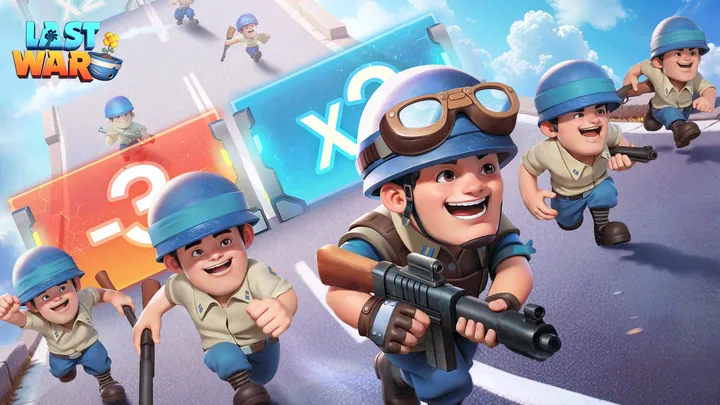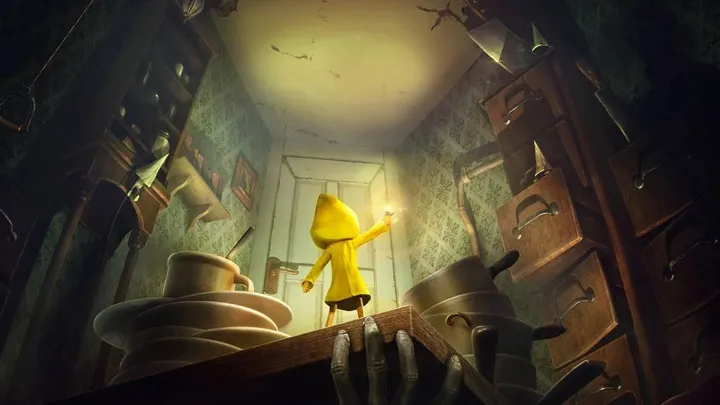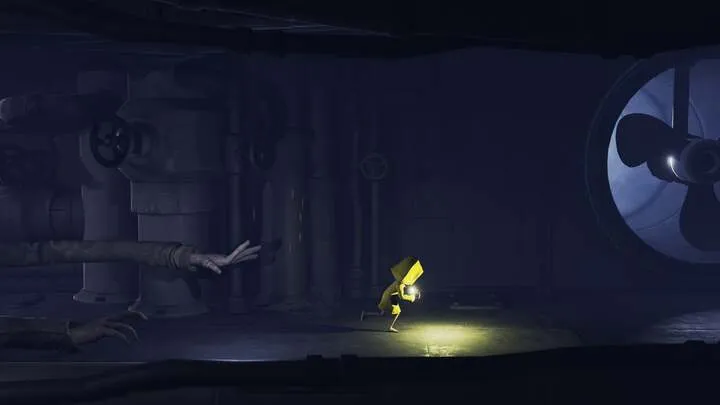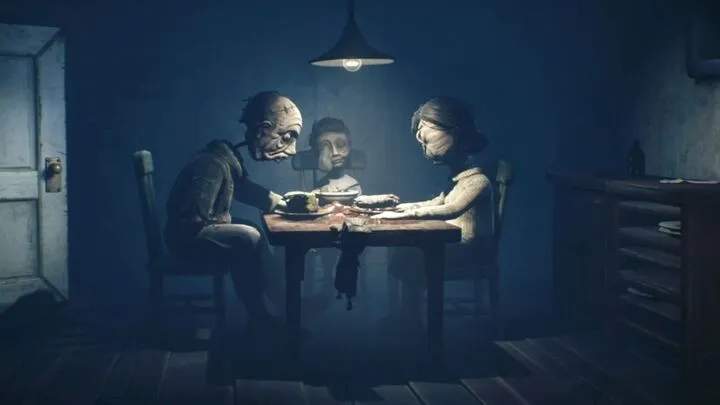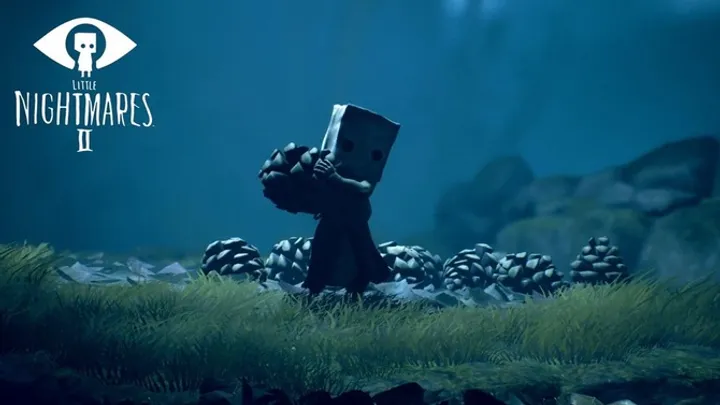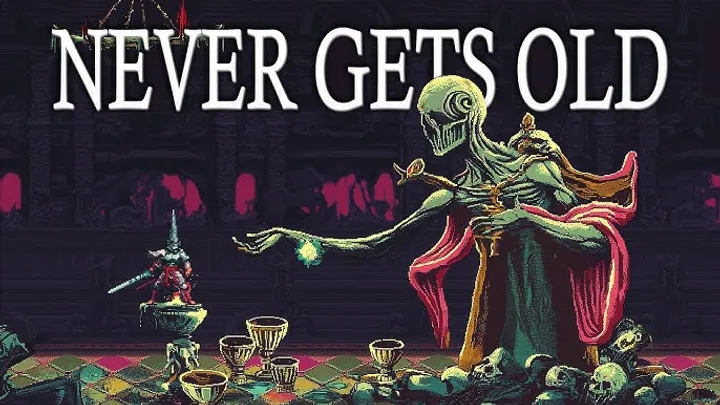Little Nightmares II is not merely a horror game—it is a psychological labyrinth that dissects the fragility of morality, innocence, and identity under the weight of corruption. Beneath its puzzle-platforming exterior lies a profound exploration of how fear, survival, and manipulation intertwine to reshape the essence of childhood. This article delves deeply into a specific theme that defines the entire experience: the moral architecture of corruption and innocence, where every step Mono and Six take blurs the line between victim and villain.
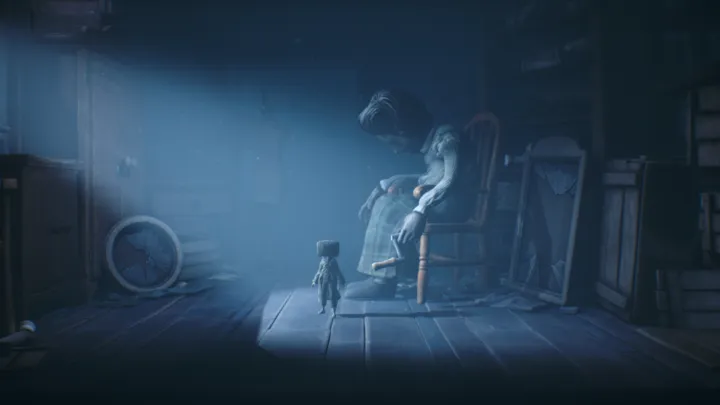
From its quiet opening in the woods to its devastating conclusion, Little Nightmares II builds a world where moral clarity is a fleeting illusion. The game’s environments, sound design, and character behavior subtly construct a narrative that questions the ethics of survival. Through ten unfolding layers, we’ll explore how the game uses visual storytelling, character dynamics, and environmental cues to portray the gradual erosion of innocence in a decaying world.
The Birth of Fear – Awakening in the Wilderness
Mono’s first moments in the forest establish a silent moral foundation. There are no words, no guidance, and no rules—only instinct and the lurking presence of unseen dangers. This primal setting is not merely a backdrop; it symbolizes the untamed psyche, where moral judgment has not yet formed.
The player’s early encounters—the traps, the corpses, and the tension-filled stillness—act as moral initiations. The environment teaches Mono and, by extension, the player that survival requires cunning, not compassion. This shift from innocence to awareness begins the descent.
The Role of Isolation
The forest is a metaphor for the isolation of childhood consciousness. Without a moral compass or community, instinct becomes the only truth. Mono learns to act before he can reflect, setting a precedent for all decisions that follow.
The Silent Pact – The Meeting of Mono and Six
When Mono rescues Six, the encounter redefines moral identity. Their relationship becomes both a sanctuary and a trap—two lost souls united by necessity, not trust. Six’s initial suspicion and Mono’s quiet persistence demonstrate how cooperation in Little Nightmares II is not born from virtue but from shared vulnerability.
This partnership introduces a fragile moral economy. Every act of help carries an undertone of fear, and every moment of safety hints at betrayal. The game’s genius lies in using co-op mechanics—hand-holding, lifting, jumping—to communicate emotional distance.
The Duality of Dependence
Dependence in the game is moral debt. Each saved life comes with an unspoken cost. Mono’s help to Six is later mirrored by Six’s fateful decision at the end—an echo that questions whether compassion in this world is even possible.
The Pale City – Civilization as Corruption
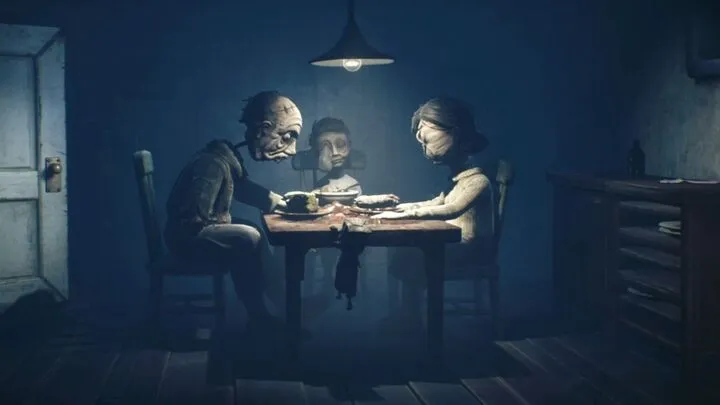
When Mono and Six reach the Pale City, innocence dies quietly. The television screens that litter the streets are not mere decorations; they are mirrors of the human obsession with passivity. The static hum of the TVs reflects the death of moral choice, as the city’s citizens surrender to the comfort of consumption.
The city’s emptiness is deliberate. It mocks the idea of progress and civilization, showing that moral decay thrives where thought ceases. For the player, the environment becomes a psychological study—a reflection of modern numbness.
Visual Decay as Ethical Decay
The broken architecture, flickering lights, and hollow-eyed citizens create a moral language of visual noise. Civilization, once meant to elevate, becomes a machinery of submission.
The Broadcast Tower – The Symbol of Influence
At the center of the Pale City stands the Broadcast Tower—a metaphysical entity that distorts not only reality but morality. It emits control, shaping minds and draining will. Mono’s ability to interact with the TVs positions him as both victim and vessel.
The Tower represents ideological manipulation. It does not kill directly; it corrupts silently. Those who gaze too long at its signal lose individuality, echoing the dangers of mass conformity.
The Ethics of Power and Control
Mono’s gradual connection to the Tower’s energy blurs his moral identity. Is he resisting control, or becoming its extension? The game refuses to answer, forcing the player into complicity.
Six’s Hunger – The Return of the Monster Within
Throughout Little Nightmares II, Six’s hunger resurfaces—a remnant from the first game. However, it is recontextualized here as a moral disease, not just a physical need. Her cravings parallel humanity’s addiction to domination.
In key scenes, Six’s morality flickers like the televisions around her. She saves Mono, then destroys others without hesitation. The game uses this to show how trauma breeds moral ambivalence, transforming victims into predators.
Hunger as a Metaphor for Desire
Hunger in the game symbolizes more than appetite—it represents the corruption of will. Once hunger overrides empathy, innocence dies completely.
The Thin Man – The Reflection of Future Sin
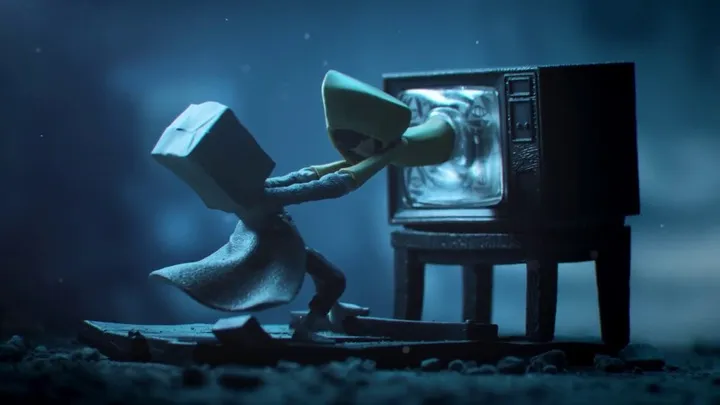
The Thin Man embodies the culmination of Mono’s potential corruption. His existence is cyclical—a closed loop of consequence. When Mono confronts him, he faces not just an antagonist, but a moral mirror.
The battle against the Thin Man is both literal and symbolic. It is the confrontation between self-preservation and moral decay. Mono’s victory is hollow because it reveals what he will become.
The Paradox of Confrontation
In defeating the Thin Man, Mono accepts his destiny. The act of resistance becomes the act of inheritance. The moral line collapses, swallowed by inevitability.
The Betrayal – A Moment of Silent Truth
When Six lets go of Mono’s hand at the end, it is not a twist—it is moral justice. Every decision before this moment has been preparing the player for the possibility that kindness cannot survive in corruption.
Six’s act is not evil; it is consistent. Her decision embodies the survival logic the world has taught her. In the Pale City, trust is an anomaly, not a virtue.
Betrayal as Catharsis
Betrayal in Little Nightmares II is a release, not a punishment. It exposes the emotional truth of the world: survival and morality cannot coexist.
The Transformation – Mono’s Final Fall
Mono’s transformation into the Thin Man is the game’s ultimate commentary on cyclical corruption. Innocence is not merely lost—it is recycled. The very boy who once escaped manipulation becomes its new architect.
This transformation is a moral ouroboros, a serpent devouring its own tail. The game argues that without intervention, systems of control will always regenerate, turning victims into perpetrators.
The Futility of Escape
Escape in Little Nightmares II is an illusion. Every door opened leads to another cage, every freedom breeds another form of captivity.
Echoes of Morality – The Player’s Complicity

The most haunting aspect of Little Nightmares II is the player’s own participation. Every action—pulling switches, using the TVs, holding Six’s hand—contributes to the moral tapestry. The game subtly implicates the player in Mono’s descent.
By making the player act to survive, it asks a profound question: when does necessity become cruelty? The game’s moral genius lies in making horror not about monsters, but about human choice.
Ethical Reflection Through Gameplay
Players are not observers but agents of corruption. The game becomes a mirror, reflecting the ethics of our decisions in digital form.
The Cycle Continues – Hope as a Forgotten Language
Little Nightmares II ends not with closure but with continuation. The Tower still looms, the world still decays, and the cycle of corruption endures. Yet, within this bleakness lies a quiet message—the recognition of moral failure is the first step toward understanding it.
By portraying the destruction of innocence so vividly, the game forces us to confront our own comfort with darkness. It becomes a parable for modern morality, where empathy struggles to survive amidst chaos.
The Meaning of Endings
The game’s final image—Mono’s silent transformation—suggests that understanding the cycle is not the same as breaking it. Awareness is the only light that remains.
Conclusion
Little Nightmares II is not a story of monsters chasing children—it is a meditation on how corruption shapes identity. Through its haunting imagery and silent storytelling, it reveals that innocence, once lost, does not vanish—it mutates. Every corridor, every shadow, and every decision builds toward a grim realization: morality is not innate but constructed, and in worlds built on fear, that construction inevitably collapses.
By the end, players are left not with fear but reflection—a rare achievement in horror storytelling. The game holds up a mirror to both its characters and its audience, reminding us that the scariest monsters are often the ones born from within.








